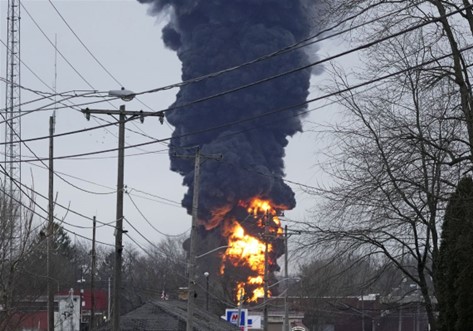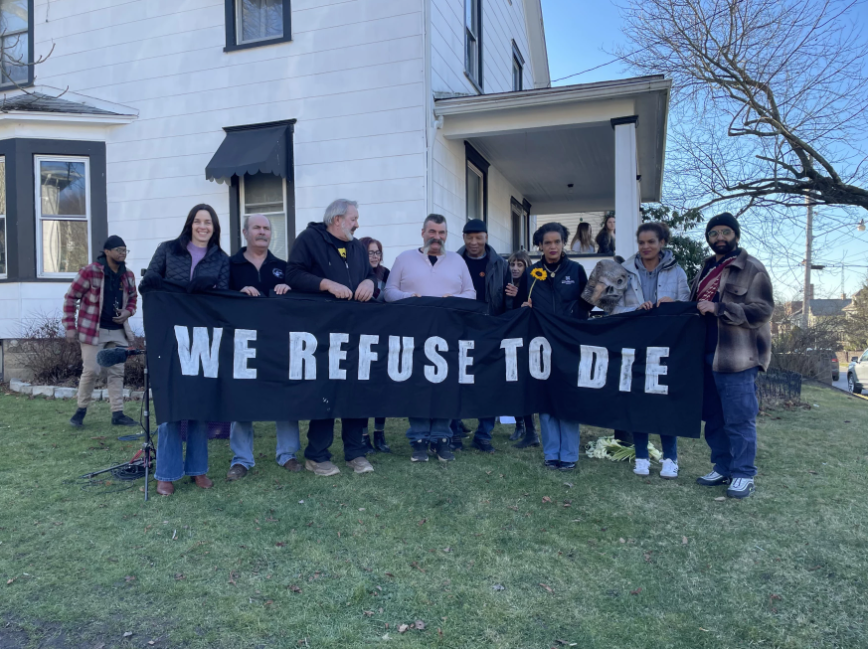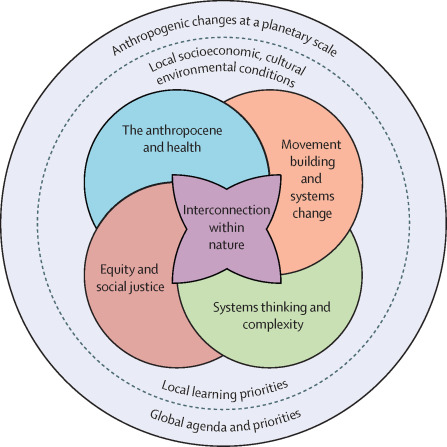Toxic Tuesdays
CHEJ highlights several toxic chemicals and the communities fighting to keep their citizens safe from harm.
Acrolein
Acrolein is a toxic chemical that presents itself as a clear to yellowish liquid that evaporates quickly and is highly flammable. As it vaporizes, it has an unpleasant smell and tends to accumulate in low areas since it is heavier than air. Acrolein is used as a precursor ingredient in many different kinds of manufacturing industries including plastics, paint, leather finishings, and paper coatings. It is also used as a biocide to control plant and algae growth in water systems.
Acrolein exposure usually occurs in the form of inhalation. Acrolein is formed from the combustion of certain organic compounds. As such, it is commonly formed from the burning of fossil fuels, animal and vegetable fats, and tobacco. It is a common, albeit minimal, by-product of forest fires.
The health effects of short-term exposures to acrolein are fairly well understood. Acrolein is severely irritating to skin, eyes, and mucous membranes. If inhaled, it causes respiratory distress, an asthma-like reaction, and delayed pulmonary swelling. Contact with the skin or eyes produces irritation and lacrimation, and can result in chemical burns.
The long-term health effects of acrolein are much less studied. There are some indications that prolonged exposure can cause respiratory sensitization, a process through which exposure to a chemical leads to hypersensitivity of the airways when exposed again to the same or similar chemicals. Potential adverse reproductive effects or links to cancer have not been explored well enough to draw any conclusions.
It is perhaps this uncertainty over long-term health effects that most concerns residents of East Palestine, OH. After the train derailment dumped more than 1 million pounds of various industrial chemicals in the community, authorities responded by removing some of the contamination and performing controlled burns on the rest. These activities have released dangerous levels of acrolein into the air, as an analysis of EPA data by Texas A&M researchers revealed. Despite accurately assessing the immediate health impacts of acrolein on the community, it is a shame that the same researchers then downplayed the risks of prolonged exposure by saying that “it would take months, if not years, of exposure to the pollutants for serious health effects.” This is simply not true, as we have very little information about long-term exposure to even low levels of acrolein. The situation in East Palestine is extremely worrisome, and researchers downplaying the health risks the community is facing is very counterproductive to the situation.
Learn about more toxics
Nitrogen Oxide
Nitrogen oxides are a group of gaseous chemicals. The two most relevant nitrogen oxides are
Benzidine
Pyrethrins are a class of naturally occurring compounds derived from chrysanthemum flowers. They have been








